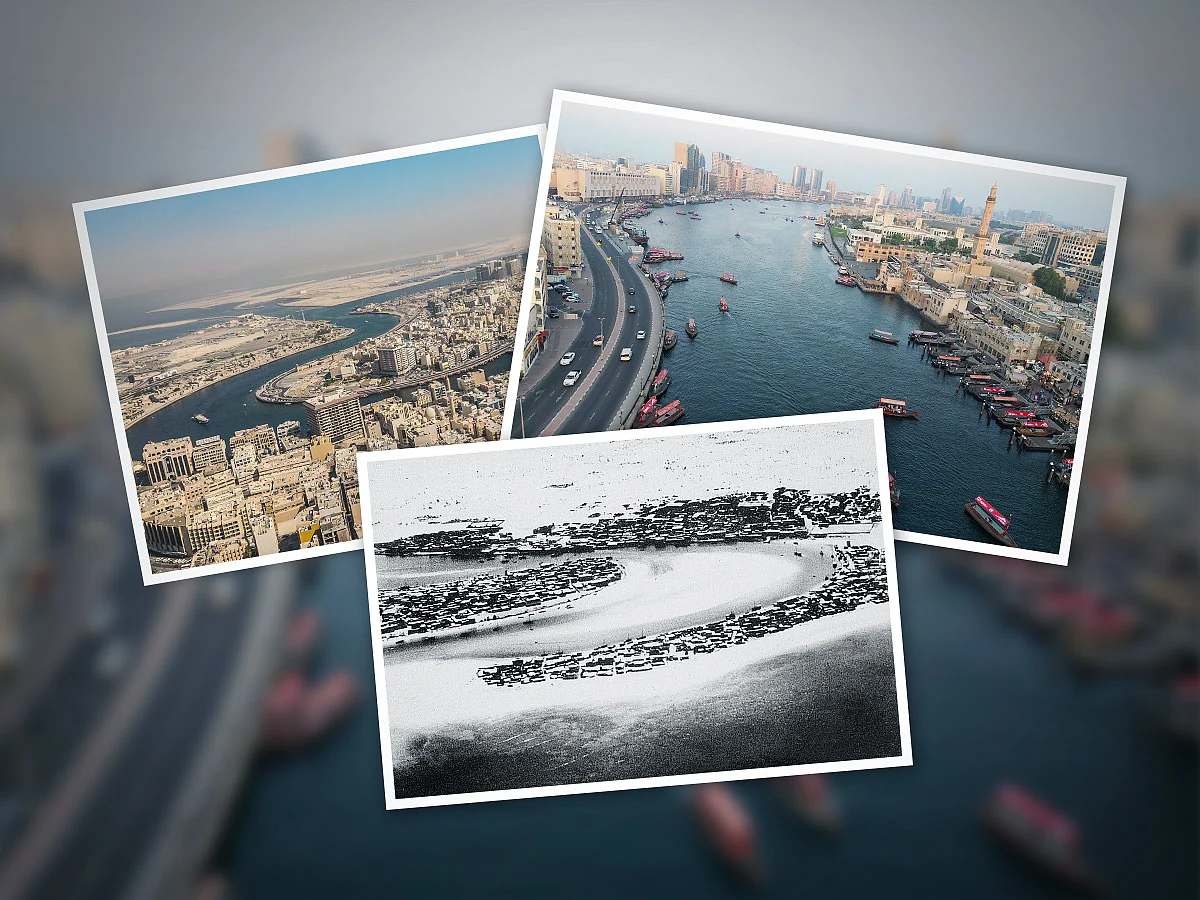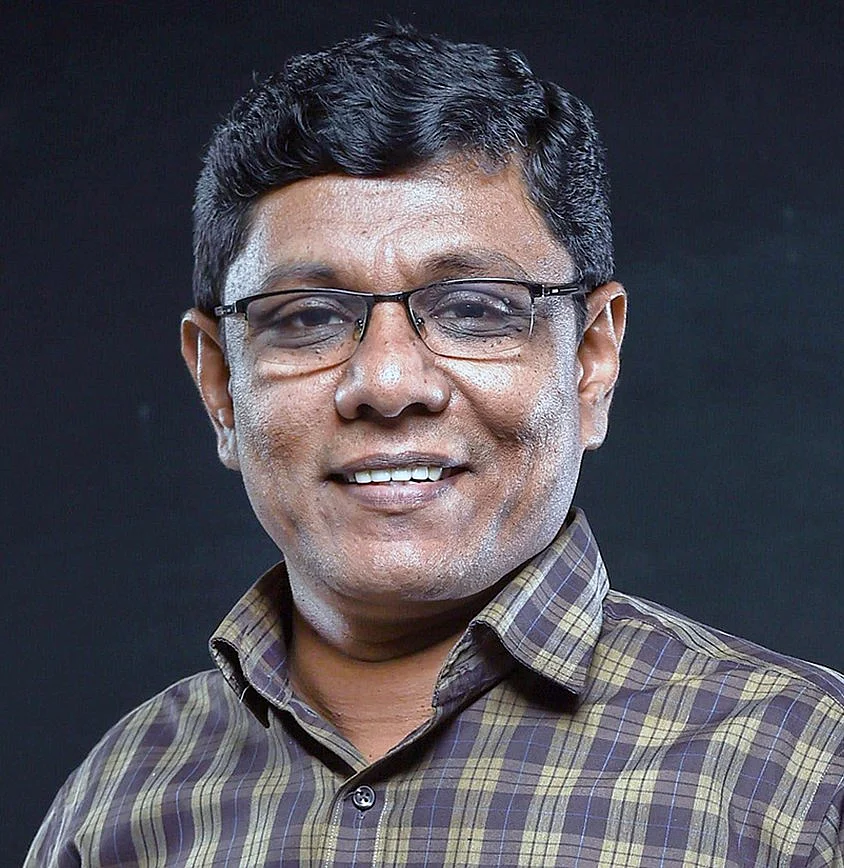Dubai Creek in the 1950s: A glimpse into global city's humble beginnings
A journey through time as Dubai Creek transforms into a symbol of heritage and progress

Dubai Creek, the historic waterway flowing between Deira and Bur Dubai, has served as the emirate’s commercial lifeline for over a century. Long before the rise of skyscrapers and Dubai transitioning into a global trade hubs, this modest saltwater inlet was where Dubai’s story of commerce and connectivity began.
In the 1950s, the Creek—especially along the Deira side—presented a humble yet vibrant scene. Lined with wooden dhows, traditional abras, and bustling souqs trading fish, spices, and pearls, it was the beating heart of a city with a population of just 20,000. However, the Creek was shallow and prone to silting, restricting navigation and maritime trade.
Recognising its importance, the late Sheikh Rashid bin Saeed Al Maktoum launched a landmark dredging project from 1959 to 1961, deepening the Creek to accommodate larger vessels, marking a turning point in Dubai’s growth as a trade hub.
In 1963, the opening of Al Maktoum Bridge—Dubai’s first permanent crossing—linked Deira and Bur Dubai, dramatically improving access and reducing reliance on abras.
In the following decades, modern infrastructure, including banks, power grids, and ports, transformed the landscape, yet the Creek remained steeped in cultural identity. To this day, abras ferry commuters, and souqs remain vibrant, offering a glimpse into old Dubai.
By 2025, the area will have undergone another wave of transformation. Dubai Creek Harbour, home to Dubai Creek Tower, is emerging as a futuristic urban centre with luxury residences, green parks, and cutting-edge sustainability features. Enhanced pedestrian zones, smart mobility, and integration with public transport, including the metro and marine transit, are making the Creek a model for 21st-century urban planning.
From wooden dhows to world-class development, Dubai Creek continues to embody the city’s spirit, bridging its rich past with a visionary future.
Sign up for the Daily Briefing
Get the latest news and updates straight to your inbox
Network Links
GN StoreDownload our app
© Al Nisr Publishing LLC 2025. All rights reserved.
